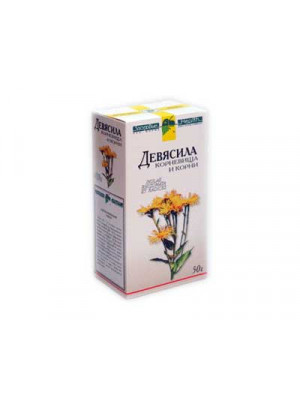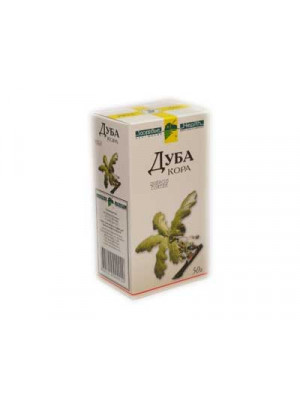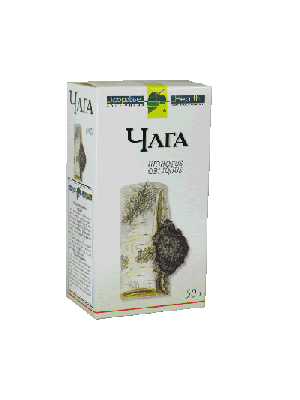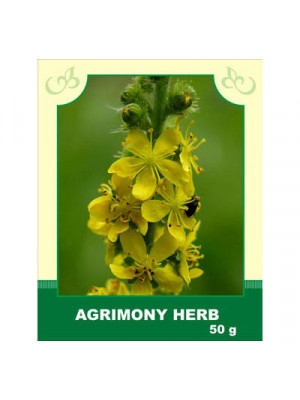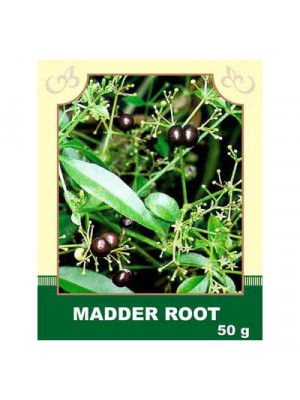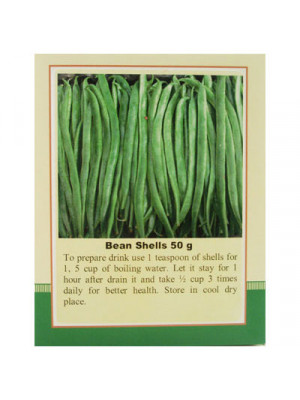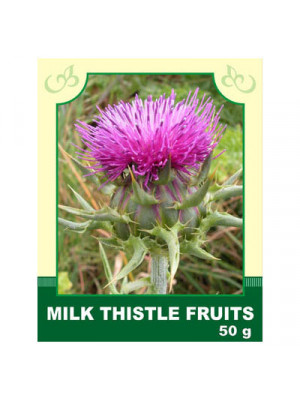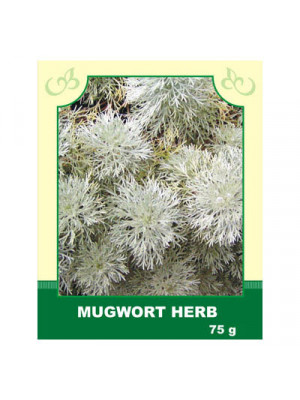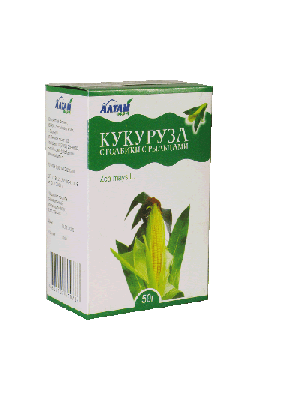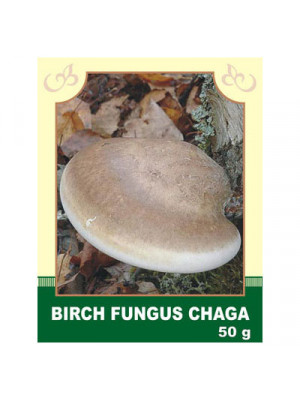Dry Herbs & Berries
If you like to use a lot of dry herbs and berries to create teas, wellness pads and an assortment of other items for well-being, our dry herbs and berries can provide you with a quick way to do it on your own. Each packet contains the herbs or berries of your choice that were freshly grown, chopped up and dried to perfection. Every herb and berries packet is 100% natural, with no artificial preservatives or added fillers. You're able to create a tasty blend with all that is provided from our large selection.
- The root is the part of the plant used for healing purposes. In ancient Rome, elecampane was regarded as a good aid in overcoming post banquet indigestion. This plant is also highly appreciated in Tibetan medicine. Elecampane is considered to have antiphlogistic, expectorant, improving digestion, diuretic and tonic properties. Its restorative, tonic action complements its ability to counter infection. Elecampane entered folk medicine with the ancient Greeks and Romans, who used it in cold remedies because it was thought to promote sweating and help bring up phlegm. In the 19th century the roots were boiled in sugar water to make cough drops and asthma lozenges or just candy.$6.99
Internally, decoction of oak bark is used as an astringent and anti-inflammatory remedy for stomach ulcers, gastric bleeding, blood in the urine, heavy menstrual bleeding, diarrhea, and frequent urges to urinate.
Method of application and dosage: 40 g of roots are poured with 200 ml of boiling water, infused for 30-45 minutes, strained, squeezing out the remaining plant material. The decoction of the herb with boiled water is brought to the original volume and taken in 1 tablespoon 2-3 times a day.
Externally, decoctions of the bark are used for rinsing in gingivitis, stomatitis, and other inflammatory processes in the oral cavity, pharynx, and larynx. Also, as compresses for burns, to stop bleeding from open wounds, and to reduce foot sweating. 20 g of bark is poured with 200 ml of boiling water, infused for 1 hour.
Contraindications: individual intolerance. Overdose may cause nausea and vomiting.
$5.79- For centuries, Chaga has been revered for its life enhancing properties. According to thousands of years of testing in Traditional Chinese Medicine, medicinal mushrooms including Chaga, can preserve youth and increase longevity, improve health, and boost life energy. Chaga contains zinc, copper, magnesium, calcium, potassium, aluminum, iron, silicon, manganese and other substances. The properties of Chaga are spasmolytic, diuretic, analgetic, antimicrobial, restorative, laxative and antitumoral. Chaga mushroom is also well known for its huge load of immune stimulating phytochemicals. The Chaga fungus has some of the highest amounts of anti-oxidants of any substance consumed by man.$6.99
Internally, it is taken for gastrointestinal diseases, hemorrhoids, gallbladder issues, bleeding, rheumatism, herpes, inflammation of the laryngeal mucosa, as well as for furunculosis, poorly healing wounds, migraines, nocturnal enuresis, atony of the bladder, and urolithiasis. Infusion with honey is one of the best remedies for liver and spleen diseases.
Method of application and dosage: Steep 2 tablespoons of raw material in 400 ml boiling water, infuse for 2 hours, strain, and take 1/2 cup 4 times a day before meals.
Externally, the infusion is used for rinsing the oral cavity in various inflammatory processes (tonsillitis, laryngitis, pharyngitis), for nasal congestion, and for washing wounds and ulcers, as well as for abrasions and bruises. Steep 5 tablespoons of raw material in 400 ml boiling water, infuse for 15-20 minutes, strain, squeezing the remaining raw material.
Contraindications: Individual intolerance. Use with caution for children and elderly people.
$6.99Internal Use:
It gradually loosens and breaks down kidney, bladder, and gallbladder stones without significantly affecting blood pressure and breathing. It enhances heart contractions without noticeably affecting heart rhythm. It has diuretic and anti-inflammatory effects in the treatment of pyelonephritis, nephritis, and cystitis. It helps eliminate salts from the joints of the hands and legs. Under the influence of marjoram, urine turns pink-red, and stones come out in flakes.
Method of Application and Dosage: Infuse 1 teaspoon of crushed raw material in 200 ml of cold water, infuse for 8 hours, then strain the extract, and the raw material is re-infused with 200 ml of boiling water. After 15 minutes, strain again. Both infusions are mixed and consumed in several doses throughout the day before meals.
Contraindications: Individual intolerance, overdose is not allowed. Limit the consumption of products containing an excess of oxalic and citric acids. It is recommended to consume boiled meat, fish, vegetable oil, cereal dishes, beets, cucumbers, watermelons, melons, non-acidic varieties of apples, pears, plums, as marjoram can damage teeth. It is advisable to drink infusions through a straw and rinse your teeth.
$6.99Internally: The main properties of bean pods: reduce and eliminate inflammatory processes; have a diuretic effect; normalize blood glucose levels; accelerate recovery from viral diseases. Normalize the functioning of the cardiovascular and urogenital systems.
Method of application and doses: For brewing, 2 tablespoons of dried crushed bean pods are poured with warm boiled water (2 cups). Then place it in a water bath for a quarter of an hour and infuse for another hour. When following all the rules, the plant will release the maximum nutrients into the decoction. To dilute the concentrate, add water to the original volume and boil again. Take 1/2 cup 3 times a day, preferably before meals.
Contraindications: Individual intolerance, during pregnancy, breastfeeding, and for those suffering from allergies.
$6.99
Description. Milk thistle is also known as St. Mary's thistle and lady's thistle. As the legend says it was St. Mary who gifted Milk Thistle to people. Milk Thistle is powerful in reconstruction of liver cells, it also is an antioxidant, and stimulates milk formation. Milk thistle fruits contain a mixture of flavonolignans. The fruits also contain fixed oil (a combination of fatty acids that are solid at room temperature), mucilage, protein and taxifolin (a chemical with unknown significance). Milk Thistle has been used as a therapy for many illnesses since ancient times. Use. Milk Thistle Herb is used for functional disorders of the liver and gallbladder. It is considered especially helpful in cases jaundice, colitis, pleurisy, and diseases of the spleen. Milk Thistle Fruit are used by some for the treatment of dyspeptic symptoms, loss of appetite, liver and gall bladder complaints including inflammation of the gall bladder duct, toxic liver disease and hepatic cirrhosis. It helps reduce outbreaks of Psoriasis. The National Cancer Institute and the National Institute of Nursing Research are also studying milk thistle, for cancer prevention and to treat complications in HIV patients.
Attention! Before using any herbal products, make sure that you have full knowledge of how the herb works and any adverse reaction it may cause.$4.99Internally, the infusion is used to stimulate appetite, as an analgesic and sedative in cases of neurasthenia and intestinal colic. Applied as an infusion for gastritis, insomnia, spasms, and bronchial asthma in kidney stone disease.
Method of application and dosage: Steep 1 teaspoon of wormwood in ¼ liter of boiling water and infuse for 10 minutes. Cool the tea and drink three times a day, one cup after meals.
Externally, applied as compresses, rinses, and local baths for inflammation of the mammary glands, quick maturation of boils, toothache, and foot sweating.
Contraindications: Individual intolerance, anemia, pregnancy. Consultation with a specialist is recommended before use.
$6.99- Description. Corn silks contain vitamin K, ascorbic acid and pantothenic acid, fatty and volatile oils and other substances. The entire corn plant has long been used in Chinese and American Indian cultures for medicinal and nutritional purposes. Research has shown that corn silk may cause the production of bile and improve liver function. Chinese research has shown that corn silk can also lower blood pressure and improve blood-clotting. Because corn silk has such a high concentration of potassium (Vitamin K), it is a powerful diuretic. It can be used for many problems with the urinary tract. It is helpful for kidney stones, cystitis, and problems with urine flow.
Use. Corn silk is used for many types of urinary tract problems. The plant can be used to sooth the lining of the urinary tract. It can help relieve pain and difficulty with urination. Corn silk can help relieve the problem of cystitis. Corn silk is believed to reduce the formation of kidney stones. It can also help relieve symptoms for person who already has stones. In China, corn silk is often used to treat fluid retention and even jaundice. Use in cases of inflammation of the gallbladder, bile duct, and hepatitis with retention of bile secretion.
Attention! Before using any herbal products, make sure that you have full knowledge of how the herb works and any adverse reaction it may cause.$6.99 Internal use: Chaga enhances the body's defensive reactions, activates metabolism in brain tissues, reduces arterial and venous pressure, has anti-inflammatory effects not only when taken internally but also when applied externally. It also lowers blood sugar levels. Chaga is used as a general strengthening and anti-inflammatory agent for gastrointestinal diseases. It is also used as a symptomatic remedy for various oncological diseases, in otolaryngology, and in the treatment of psoriasis, eczema, and other skin conditions.
Method of application and dosage: Soak the mushroom in boiling water so that it covers the mushroom completely and let it steep for 4-5 hours. Crush the soaked mushroom and pour it with preheated water to 50 degrees Celsius at a ratio of 1:5, using the water left from the initial soaking. After 48 hours of infusion, strain the liquid, squeeze out the sediment, and dilute the obtained infusion with water to the original volume. Store the infusion in the refrigerator for 3-4 days. Take 1 glass three times a day in small portions and sips 30 minutes before meals (adult dose). The course of treatment is 4-5 months with breaks of 7-10 days.
Contraindications: Individual intolerance. Intravenous administration of glucose and penicillin-3 (a fungus antagonist) is prohibited during Chaga treatment.
$6.99


